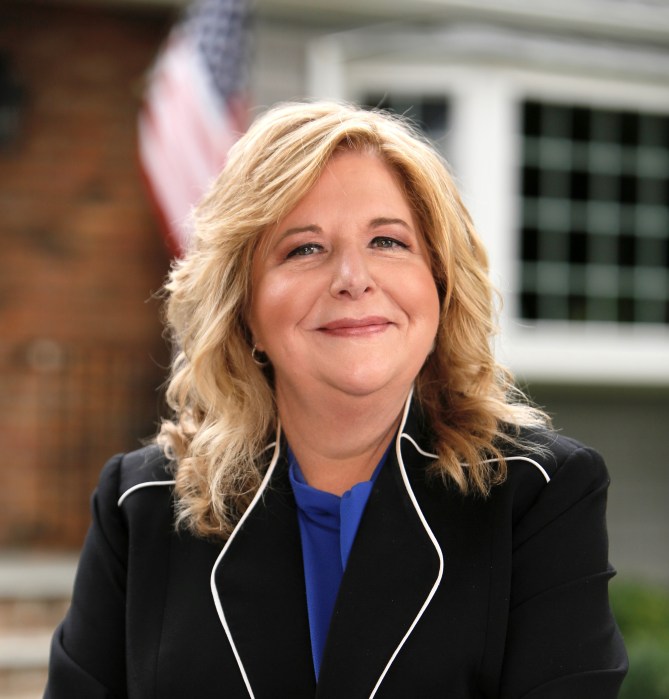Cameron Auble-Branigan was 10 years old when he started dancing ballet. Exposed to a variety of cultural and arts activities as a young child, he fell in love with dancing after seeing an all men’s troupe perform. And while there was no lack of interest on his part, finding a school that was the right fit was much more difficult.
“It took a while for my mom to find the right school. A lot of schools, there weren’t any boys and the training wasn’t at a high level,” said Auble-Branigan. “The hard thing for boys wanting to do ballet is finding that first place to learn.”

Auble-Branigan is just one of the male ballet dancers featured in Danseur, an upcoming documentary about the stigmas and struggles faced by male ballet dancers. Produced and directed by Williston Park resident Scott Gormley, the film seeks to shed light on the harassment and gender-disparity often faced by males interested in dance.
“Research shows that 96 percent of boys that dance, specifically ballet, suffer from verbal or physical bullying because of their love of dance,” Gormley said. “The numbers are pretty staggering. Seventy-two percent of boys that dance say they would continue if they had parental support.”
There are huge gender and sexual stereotypes that surround boys who dance, including that males who dance are gay or effeminate. They’re often openly bullied or harassed and Gormley said that 25 percent of male dancers chose to be homeschooled.
“It affects [boys] to the detriment of the art,” Gormley said. “So many of them drop out when they become susceptible to what their peers say, especially in middle school. They can’t deal with the day-to-day harassment.”
With previous experience working on short films and commercials, this is Gormley’s first major production undertaking. The film, which is currently in the production process, has a personal impetus; Gormley’s high-school aged son is a dancer who has dealt with some of the issues brought to light in the film. But Gormley said Danseur isn’t just about his son—rather, it’s about the ongoing struggle that many boys face when they say they want to dance.
Over the last year, Gormley has interviewed nearly two dozen dancers all over the country, as well as experts in the history of ballet and gender-stereotype research experts.
“They all validated the point of this film that this still an ongoing issue that’s still happening today. Even though we’ve progressed, this is still an ongoing issue for boys,” said Gormley, who added that in other countries, dancers are often seen as heroes. “In the same way we prop up Lebron James or Tom Brady, in Cuba it’s the male ballet dancer. It’s a western American issue. What is it about our belief in what makes a man that doesn’t align with dance?”
Many also don’t understand how physically demanding dancing is, and finding well-paying work for male dancers is incredibly difficult, said Gormley. He interviewed dancers from a wide range of ages, and the more experienced dancers related that the stigmas and harassment often continued into adulthood.

“The amount of training and physicality that goes into what these professional men are doing, and the injuries they sustain, is on par with a professional athlete,” Gormley said. “But they’re paid below living standard. Unless you’re dancing for a really large company, these dancers can’t earn a living, so they often have to have multiple jobs to support the art they love.”
It’s also hard for younger male dancers to find high quality training or classes taught by other men. Gormley said when starting out, danseurs can dance with girls in mixed classes, but as they get older and move past fundamentals, they’re meant to do more male-specific training. Classes taught by men, or with enough male students, are limited, Gormley said.
Jerome Vivona, an artistic director at the American Theater Dance Workshop in New Hyde Park, said he had many great female teachers throughout his childhood, but it was his male instructors that he considers role models and mentors. He noted that he was fortunate enough to have strong male teachers, but that they were few and far between on Long Island.
“There are very few male dance teachers on Long Island. And a lot of studios don’t have males in their ballet classes,” Vivona said. “Nowadays you have a lot of dance studios and women who may or may not have performed, but don’t have the background or understanding of what a young male dancer needs. That’s something that’s missing in that education.”
Taking a ballet or dance class not only helps a boy physically, but builds character, as it requires an immense amount of time and dedication.
“Unfortunately so many people don’t respect the arts or the contribution it has,” said Vivona. “The work ethic it takes to dance is incredible. And a lot of boys miss out because they think it makes them less than.”
For Gormley, the process of making Danseur has become about more than just the end product. Hearing the stories of harassment and hardship compelled him to create the NuArts Foundation, which will provide financial and moral support for male danseurs. He said he hopes Danseur will serve as a “calling card” for the foundation.
“I decided to start a foundation that would live well beyond this film and support boys in ballet as much as it could. The foundation will fund educational programs and scholarships, as well as simply act as a resource for boys looking for programs and who need to know that there are other boys who are going through what they are,” Gormley said. “The goal of the foundation is that it will become a large entity unto itself and that it will help grow ballet and nurture these boys in ballet so we don’t have boys who chose to start dancing because they think it’s cool but then stop because suddenly they can’t deal with the backlash of their friends and family. It’ll do anything to help nurture boys in dance.”
Gormley hopes to submit Danseur to film festivals and debut it to the public sometime next fall. To learn more, visit www.danseurmovie.com.































